Yoga is a holistic practice consisting of several health benefits when practised with consistency. Consistency is the key to achieving progress and visible difference in the health. Yoga may present some challenges for beginners in some specific asanas as the body is not used to the distinctive postures. The few yogic asanas which involve sitting or kneeling might aggravate discomfort with some practitioners, this is where the yoga equipment come in the picture. Yoga knee pads is the tool which is used provide extra cushioning and support to protect the knees which reduces undue pressure and stress on the knees making the session more comfortable and fun.
What are Yoga Knee Pads?
Yoga knee pads are soft and cushiony pads that provide extra protection and padding for the knees during the yoga sessions. Knee pads are specifically crafted to protect the knees. They are small with thick padding to protect the target area which is knees. The pads are made up of material like foam, rubber or any other material which is firm yet soft and comfortable. They are very useful in protecting the knees against the hard floor and specifically while performing exercises like Ustrasana (Camel pose), Balasana (Child’s Pose) or any asana in which the knees bear the weight.
Yoga Knee Pads are slightly different from the regular mats as they are thinner, lighter and portable whereas knee pads are used for a specific purpose which is to protect the knees. They are a must have prop for the beginners as they act as a supportive tool while performing specific asanas which might put pressure on the knees, more so when the person is new to yoga and has limited flexibility.
Benefits of Using Yoga Knee Pads for Beginners
- Improves Comfort: Yoga knee pads provide comfort and support while performing asanas which require touching the floor on knees such as Brahmanasana (Table Top Pose ) or Bitilasana Marjaryasana (Cat Cow Pose).
- Protects Joints: The knee pads protect the knee joints from undue pressure while performing on hard surfaces.
- Reduces Discomfort and Strain: Practising with knee pads helps to reduce the discomfort and strain on the knees. The ease and comfort of the knee pads make it easier to practise without stressing on knee pain.
- Improves Focus and Alignment: Proper knee support encourages the practitioners to focus solely on their practise making it a mindful session.
Choosing the Right Yoga Knee Pads for Beginners
When selecting a yoga knee pad, beginners should consider a few key factors to ensure they choose the right one for their needs:
- Thickness: The thickness of the knee pad is essential for providing adequate cushioning. A pad that is too thin may not offer enough support, while one that is too thick may feel unstable. A medium thickness is usually ideal for most beginners.
- Material: Look for materials that are comfortable, durable, and non-toxic. Foam, rubber, and TPE (thermoplastic elastomer) are common materials, each offering varying degrees of cushioning and durability.
- Size: Yoga knee pads typically come in a range of sizes. While many are compact and portable, consider the size of your knees and the area you wish to cover during your practice. A slightly larger pad might offer more coverage, especially if you are using it for poses that involve more of the body on the ground.
- Non-slip Surface: Choose a knee pad with a non-slip surface to prevent it from sliding during practice. This ensures stability and safety, especially when performing poses that involve weight-bearing or balance.
- Portability: Beginners often practice at home, in a studio, or in outdoor spaces. Look for knee pads that are lightweight and easy to carry, making them convenient.
How to Incorporate Yoga Knee Pads into Your Practice
- Place It Beneath Your Knees: For poses like Urdhva Mukha Pasasana (Thread the Needle Pose), or any position where you have your knees on the floor, place the knee pad directly under your knees for added cushioning and protection.
- Use It for Seated Poses: Using the knee pads for seated poses like sitting cross- legged by placing it under the knees can relieve the pressure from your joints.
- Elevate the Knees in Certain Poses: In poses such as Kapotasana (Pigeon Pose) or Supta Baddha Konasana (Reclined Bound Angle Pose), a knee pad can provide gentle elevation, supporting the knees in a relaxed and safe position.
- Combine with a Yoga Mat: Use the knee pads with a yoga mat to provide extra padding and support. It proves to be extra beneficial for the ones who practice on hard surfaces.
Common Mistakes to Avoid When Using Yoga Knee Pads
- Using the Pad in the Wrong Position: While using the knee pad ensure that the knee pad is placed directly under the knee to provide the required support.
- Overlooking the Thickness: Choosing a knee pad that’s too thick may make certain poses unstable. It’s essential to find a balance between comfort and safety.
- Not Checking for Slippage: A knee pad without a non-slip surface may shift during practice, causing distractions or potential injury. Always make sure the pad stays in place throughout the session.
Conclusion
Yoga Knee Pads for beginners serve as an important prop to promote a comfortable and safe yoga practice. Knee pads have several benefits which includes providing support and preventing the knee from undue pressure and strain. Using the knee pads can increase confidence of the beginners which in turn makes them more focused and aligned in their practise without worrying about knee stress. As much as it is beneficial for the beginners its equally helpful for the experienced practitioners as well. Whether you are beginner or an experienced practitioner, a yoga knee pad would encourage safe and enjoyable yoga journey.

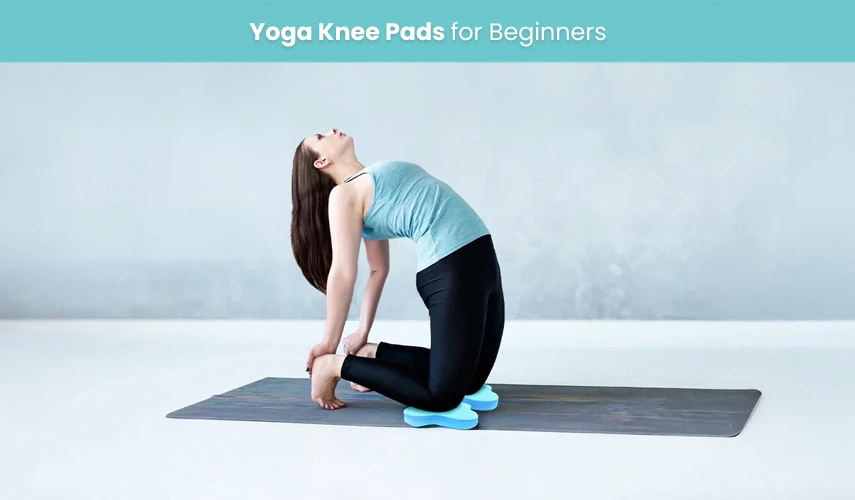
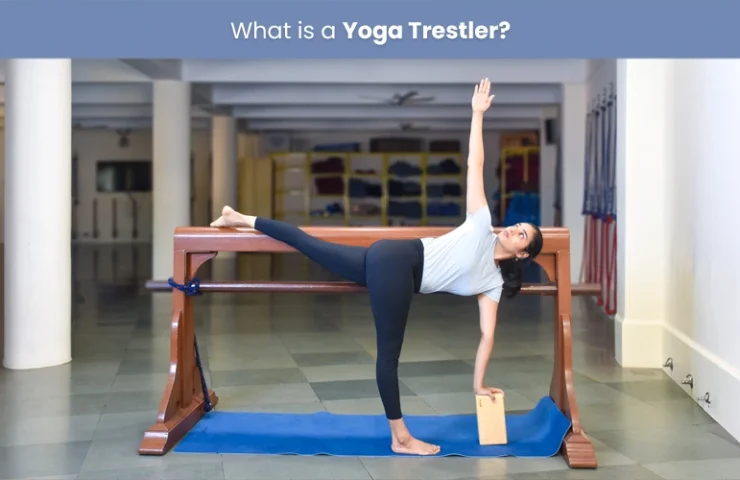
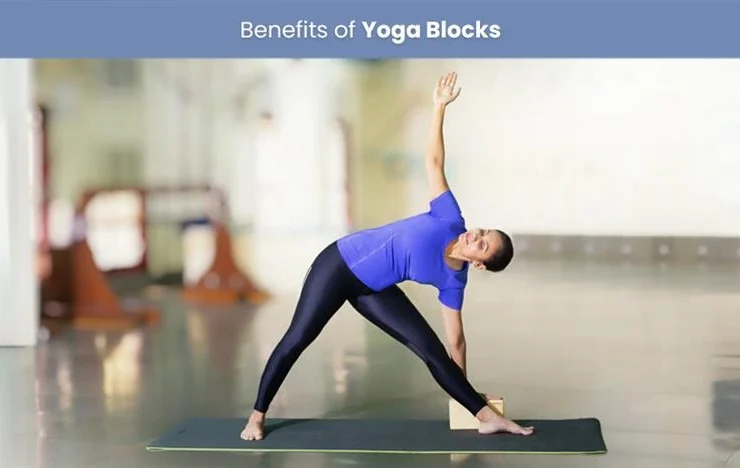
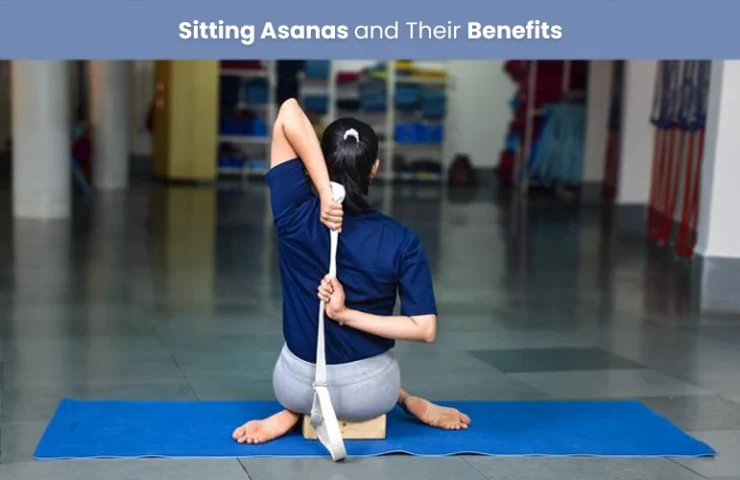
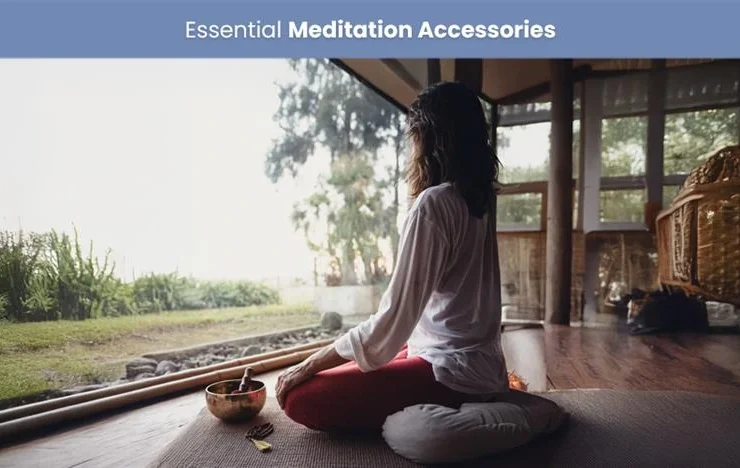
0 Comments for “Yoga Knee Pads for Beginners: Why They are a Must-Have Prop”